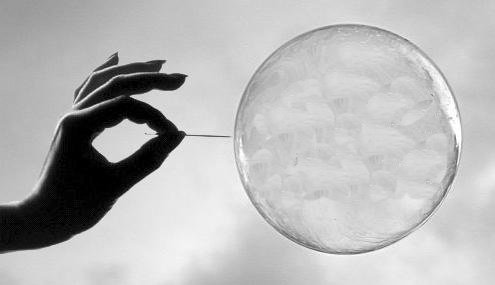Well I finished the incubation time and ran the plate of cells through the reader, but my data was all wonky. I examined the plate (think 4x5 inches with 96 little wells in which the cells live) and saw that there were several bubbles in many of the wells. This wouldn't affect how alive the cells are, but when the light shines through the well, the bubbles could refract the light and lead to an incorrect reading.
So I took a pipet tip to the tiny lil bubbles, and had very little success popping them. Then I tried sharpening the plastic tip, and finally I poked with a needle, all to no avail. Whatever was in the juice that the cells feed on made for some sturdy bubbles. I had about as much success as if I were trying to pop a balloon with an wet noodle.
Then I remembered a trick that my older brother Travis showed me once upon a time: he poured a glass of
So I took the pipet tip, surreptitiously wiped my forehead, and then poked a bubble. Thermodynamics won again, and the bubbles were no more. Note: while this introduced all sorts of bacteria into the wells, I tested the cells right after the contamination and then threw them away, so there's no risk of detrimental effects to the cells (my forehead, on the other hand...).
My readings came back with much less variation and looked like what I'd expected, and for once I was glad for Travis' antics.
But just once.

You've learned well young Padawan
ReplyDelete-Travis